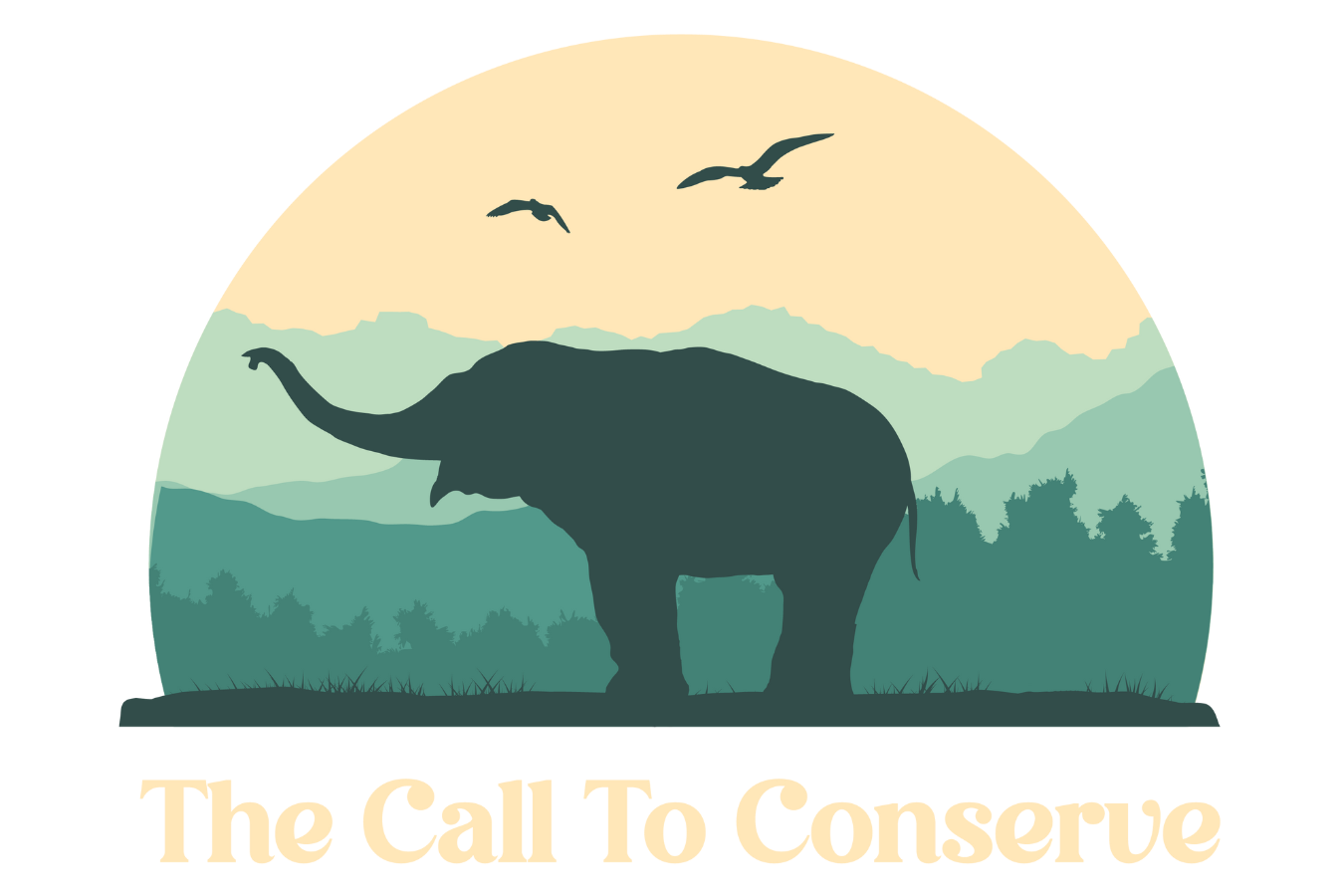Promoting Welfare in Nepal Elephant Camps
It’s my first week here in Nepal and I’ve already gotten to see so much. Of course I was expecting many differences between the captive elephant situation in Thailand and what’s going on here; however, the most striking difference for me so far is the openness and accessibility of elephants here.
There are privately owned elephants all over the place. Driving through town you’ll see at least five elephants either walking the streets looking for people to offer rides to or chained on someones land.
Additionally, the people here are very open about the training methods they use in order to break elephants to give rides and live in captivity. This is a process that not many talk about or want disclosed in tourism hotspots like Thailand. The transparency here is appreciated even if you’re not hearing what you’d like to hear.
What are the elephants used for in Nepal?
The captive elephants here fall into two categories…
Government elephants: these elephants are used by the army to respond to any emergencies in the national parks. The elephants kept at the government facility are also in an intense breeding program where almost every female has a calf or is pregnant at all times. These calves get broken/trained at the age of 4 and are then used to ride. Interestingly, most of the female elephants residing here at the breeding center are impregnated by wild bull elephants that come into the camp. With this, most of the calves coming into the world here have the same father which could be problematic down the line for inbreeding!
Tourism elephants: these elephants give rides to tourists (and locals) who want to pay for an elephant ride. They are often privately owned and living in small sections of land off of people’s homes and wait until somebody comes by asking for an elephant ride.
So basically, the elephants here are used to give rides which differs from some other countries where elephants are also used to pull logs in the illegal logging industry.
Government elephants coming back from a walk in the jungle.
What’s being done to promote better welfare?
The elephants being ridden here in Nepal is almost a given. With mahouts (elephant caregivers) who are uncomfortable walking alongside the elephants or entering into the national park without having the protection of being on top of their elephant, this is something that will not soon die off. Therefore, rather than focusing on the riding aspect, there are people (like the Stand Up 4 Elephants team) that are working closely with elephant owners to better welfare in ways like…
Providing them with foot care of their elephants for free
Helping build enclosures to give elephants more space and remove chains when possible
Encouraging less aggressive training methods (more progressive training with positive reinforcement rather than the usual training which involves providing no food or water, tying the elephant up, using fire and hooks, etc.)
Running “happy hours” to bring tourists to watch a working elephant graze for an hour, this gives that elephant an hour out of their day without a saddle, chain, and commands
Helping mahouts to get fair wages and basic needs covered (by supporting mahouts and taking care of them, they will in turn take better care of their elephants)
Among so many more initiatives! While it can be a slow process to bring change to an area where there is so much exploitation and cruelty going on with the captive elephants, small changes can make a world of difference. These shifts over the course of many years can change the way captive elephant management looks and then, even if the elephant is still working and giving rides, it has an overall better quality of life.
While it may never be the ideal, every bit of change takes stress and pressure off of the elephants in Nepal.
🐘 We're proud to partner with SafetyWing to provide travel insurance for ethical travelers.
When you use our affiliate link, you’re directly supporting our nonprofit’s work in wildlife welfare and ethical tourism.
Learn More & Get Covered

